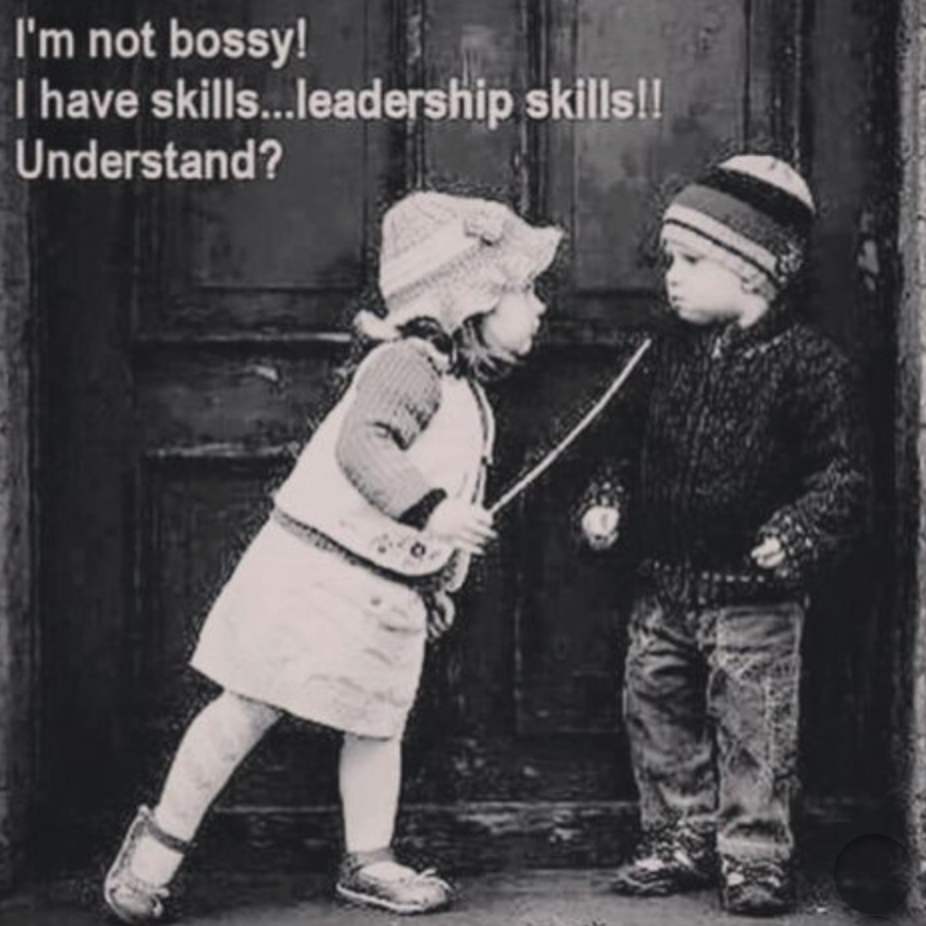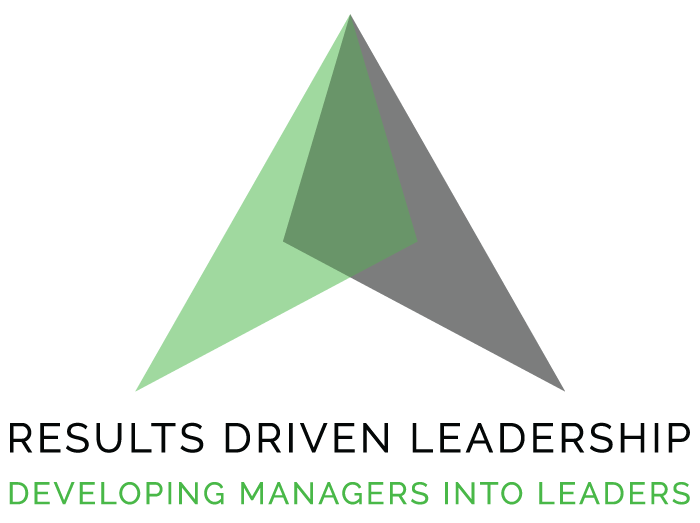TABLE OF CONTENTS
It seems like everyone out there in the business community likes to label and/or typecast leaders over time. As an executive coach and former CEO/COO, I wish I had a nickel for every time we labeled those in a leadership position as not being “strategic” enough to move their company forward.
We often default to a standard “s/he lacks a strategic mindset” excuse when those responsible for succession planning cannot articulate improvement opportunities. It turns out that strategic focus and planning is the most mystical and elusive leadership capability in the business world. But if we better define, understand and develop the concept of strategic thinking, we’ll help our leaders actually use it.
In early 2016, leadership research firm DDI evaluated more than 15,000 assessments they’d administered over the past several years and found that “strategic direction” was listed among the weakest areas for CEOs, executives and senior leaders. Similarly, think-tank leadership firm Center for Creative Leadership (CCL) published a report in 2015 entitled The Leadership Gap and determined that “strategic planning” is one of the greatest weaknesses in leaders today.
This research supports countless client experiences I have witnessed. Not surprisingly, I have a current client whose greatest struggles are building organization talent and (wait for it) strategic focus. All that’s to say that there’s plenty of evidence – both scientific and anecdotal – that leaders need more clarity on what it means to lead strategically.
So, what Is Strategic Leadership?
To be strategic, it does not mean you must be a Harvard M.B.A., an out-of-the-box thinker, the company contrarian – and it certainly doesn’t mean you cannot deliver ongoing business results. Strategic leadership is truly a mixture of skill, behaviors and perspectives. It is a balance of science (e.g., data analytics) and art (e.g., curiosity).
At the end of the day, thinking and acting strategically is the ability to use current trends and information to impact future outcomes, as well as identifying and determining alternatives to satisfy competing needs and continually move a business forward. Agility as a leader is critical. It is unreasonable (and may be ineffective) for anyone to operate exclusively at a strategic level, however, leaders do need to execute plans and deliver results!
Equally important, successful business leaders effectively move from strategy to tactics. It is clear that driving execution is a greater predictor of profitability and growth than any other leadership behavior. To navigate today’s unpredictable and volatile world, however, leadership that is solely results-oriented will not guarantee long-term success.
Why Is Strategic Leadership So Important?
As I mentioned before, we like to use the term “strategic leadership” to explain the gaps where ineffective leaders fall short. But if you truly understand what it means to lead strategically, you’ll find there are two reasons it is so important today: business volatility and staff/talent development.
A significant contributor to the need for more strategic behaviors in leaders are environmental factors businesses face today. Economic volatility, uncertain markets, global competitors, rapid changes in technology and evolving workforce expectations have made leaders’ jobs more unpredictable and difficult than ever. A single formula for business success will not work, therefore agility is critical.
I have seen many clients abandon five-year strategic plans and look at the world through a much smaller, 12-24-month lens. Leaders are increasingly expected to identify new opportunities, options and alternatives to environmental circumstances they may only vaguely understand. For example, going from a minimum wage of $8 per hour to $15 per hour requires a shift for which very few business leaders are prepared. Business leaders do not have the luxury of executing plans in a predictable environment and reaping success. Rather, they are forced to evaluate a deluge of incomplete, sometimes contradictory, information to identify new markets and products that do not even exist today for customers who don’t even know they need them yet.
A second factor contributing to the lack of strategic leaders in the market is our approach to talent/staff development.
Generally speaking, we reward and promote staff with high potential – those who are smart and get results. So the highest performing sales person makes more money or becomes a manager. The most efficient accountant with the greatest productivity gains becomes a controller. In the restaurant world, it is all too common for the best servers and bartenders to be promoted to management with very few leadership skills.
The fact is, we are not identifying, recognizing or promoting strategic thinking early in our people’s careers. Past performance in execution is not a great predictor of future performance in strategic leadership. Many leadership academy companies have excellent management training programs that focus on leading people, global economies and financial acumen. You will find little formal development for these aspiring executives on strategic thinking, decision-making agility, change anticipation, development of alternatives or market trend assessment.
We generally assess and develop our future leaders on their performance and abilities through predictable times. In corporations today, we all too often wait too long in the succession process to cast the leader as a “great executor who is not strategic enough.”. Didn’t we reward and promote this person earlier on the results they achieved?
Identifying Strategic Leadership
Strategic leadership does not come naturally. It is learned. Therefore, educating yourself about the characteristics you want to embody will help you become a better leader. Here are five key characteristics I believe are critical for leaders to develop.
1. Strong Communication
Without a doubt, being an effective communicator is a top attribute of a strategic leader. You may have a clear vision of what you’re trying to accomplish, but if you can’t convey it to your team or colleagues, it will almost always be impossible to carry out. By developing your ability to clearly describe tactical directions to your team, you will unite everyone’s efforts. That’s the key to good communication – it aligns your team and gets them on board with your strategic objectives.
2. Good Listening Skills
On the flipside, it’s also critical to listen to your team. “Speaking and hearing” are two sides of the same coin and the best leaders do both well.
Your team needs to know their concerns and ideas matter and are heard. This not only helps build morale, it makes your organization better because you are getting input from the people on the front lines. A leader who hones the art of listening gains the knowledge needed to solve problems, improve products or services and build a strong company culture.
3. Innovation
When you’ve been working at a company for years, or you’ve simply been in the same career for a while, it’s easy to get stuck. Being a strong leader requires practicality and realism, but just as importantly it requires an eye for innovation and vision to execute it. Nimbly adjusting and adapting to current business or economic environments is a valuable skill to foster.
Remember that you may not be the most innovative person in the room – but you still need to foster innovation in your team. Be sure to have sessions or days where you encourage ideas for innovating around your strategy – then give some of the ideas the resources they need to be tested or expanded.
4. Collaboration
A collaborative approach in leadership is powerful because it naturally creates transparency in your organization. If you’re connected to your team and genuinely interested in collaborating with them, they will know what you’re thinking and vice versa. Collaboration leads to trust, and your team will be more likely to support your vision. If you’re not getting buy-in on that strategic plan you’ve created, it’s not going to be effective. People want to own what they help create.
5. Diplomacy
Honesty is always the best policy, but strategic leadership often requires you to be tactful. Diplomacy is a learned skill that helps leaders effectively manage conflict using negotiation and sensitivity. It requires an unbiased, strategic approach to problem solving. It’s inevitable when planning and executing your strategy that you’ll deal with disagreements and competing priorities. Different points of view ultimately strengthen your organization, but it’s a reality that can be challenging to manage in the short term. What if your strategy team disagrees on how to measure a customer objective? How can you please two department heads who both want ownership over a key initiative? Strategic leadership is being able to navigate these difficulties and turn them into win-win situations whenever possible.
6. Humility
Humility is one of the most respected strategic leadership qualities. Humble leaders admit their mistakes, apologize when necessary and always share credit. This behavior makes you more “human” and relatable; it’s also simply a best practice to empower and reward others instead of acting like the smartest person in the room (even if you are!).
While becoming a true strategic leader is a tall order for many business owners and executives, it is critical given the unpredictability and complexity of the business world in which we operate today. Companies no longer develop five-year strategic plans due to the volatility of a variety of economic, social and political factors. This places a greater premium on strategic behaviors than elaborate vision statements and strategic plans. Today, strategic leadership must be clarified and defined so we can better prepare our rising leaders to navigate – and succeed in – an uncertain future.






